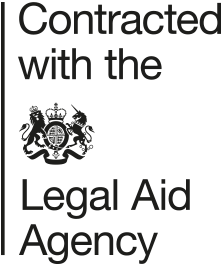When is Stamp Duty payable on commercial leases?
Anyone purchasing a property will have heard of Stamp Duty Land Tax or SDLT for short. While most people will be aware that it’s payable on home purchases above a certain value, they may not be aware that it can also be payable on commercial leases.
What is SDLT?
Most simply put, SDLT is a tax applied to land transactions that are payable to HMRC. This tax includes leases, not just property purchases.
How much is SDLT?
As with domestic properties, the amount of SDLT depends upon the value of the commercial lease. The rates are:
- Up to £150,000 there is no SDLT liability
- Between £150,001 and £5,000,000 is liable at a rate of 1%
- Above £5,000,001 there is an SDLT rate of 2%
For example, a lease worth £10,000,000 will pay nothing on the first £150,000, then 1% on the amount between £150,001 and £5,000,000, then 2% on the remaining £5,000,000.
How is the value calculated?
The rules are somewhat complex, and calculating the correct amount can be difficult. However, it’s important to get it right as too low a payment will result in interest being added to the outstanding amount, while it can be difficult to secure a refund from HMRC if there is an overpayment.
SDLT takes into account a number of factors to reach what is known as the Net Present Value (NPV), including:
- The lease premium (a lump sum paid at the start of the lease)
- The rent, including VAT if applicable
- The length of the lease
- Chargeable considerations, for example, the tenant’s obligation to carry out repairs or services on the rented property
The value of the first five years’ rent is used to calculate the NPV. Should the lease extend beyond five years, then the highest yearly amount paid during the initial five years is used to calculate the NPV for those successive years.
When should SDLT be paid?
To ensure that no interest or charges are applied to the amount, SDLT needs to be paid within thirty days of the lease taking effect. Even deciding when the lease takes effect can be complicated as it can vary. It may be the day that the contract is signed, the day that the tenant takes possession of the property or the day that the first rent payment is made.
Certain events can also trigger additional SDLT payments, such as renewing and extending the lease, a change of terms, a rent revision, or the tenant staying in the property once the original lease has run out.
Who is responsible for SDLT?
The tenant is solely responsible for all aspects of SDLT, from calculating it to ensuring that it is paid on time. The landlord bears no responsibility.
It can be a surprise to learn that commercial leases can be liable for SDLT, in the same way, that property purchases are. Calculating SDLT correctly is important and, as demonstrated here, doing so is not a straightforward process. That’s why it’s vital to engage an experienced and knowledgeable solicitor, such as one of our expert team at Robinsons Solicitors.








